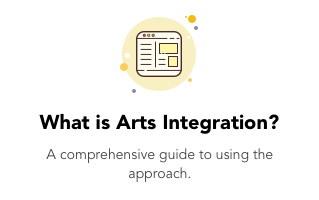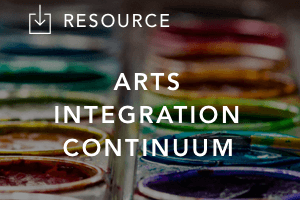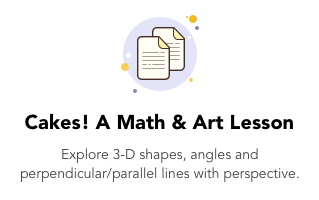Overview
Arts integration is often misunderstood in the education community. Some are concerned that the approach will replace arts educators and arts programs with a diluted version of arts and crafts. But that couldn’t be further from the truth.
When the approach is implemented correctly, arts programs flourish, more arts educators are hired and classroom teachers are able to teach with more creativity and connection. Arts integration can actually save teachers time through direct connections with curricular standards. Teachers can use arts integration lessons to more effectively teach difficult concepts and skills. Learn how in this short but important session.
More like This



